As an urban homesteading enthusiast, I definitely have the DIY bug. Gardening, landscaping, and chickens are all great for outdoor ideas, but in rainy Seattle it’s nice to find an indoor project too. I love all of the crazy scents available at our local farmers market (thai basil & lemongrass?!), that I chose this as my next project to take on.
Soap is far more interesting than you may have thought. Here’s just a few of the facts I found in my research:
- 1.4 million deaths can be prevented each year by hand washing with soap.
- ⅓ of the world’s soap is used by the U.S.
- 10 billions pounds of soap are produced each year.
- 2.6 million bars of soap are discarded by hotels across the U.S. each year.
- People typically use 6x more liquid soap than bar soap when they wash their hands (which means bar soap is way friendlier on the environment).
How Soap is Made
Commercial soaps aren’t really soap, but a combination of foaming chemicals. Real soap is made with fats and oils that react with lye. Bar soap is usually made with a solid fat like rendered animal fat or coconut oil. Softer soap like castile soap is primarily made with olive oil. Superfatting a soap means adding extra oils for moisturizing. Egyptians, some of the first known soap users, created soap made from animal fat and wood ash.
I wanted to try a variety of options, to create natural soaps that can be safely used around the people and animals in the house, yet still get things clean. With so many varieties to choose from, we split this recipe list into four of the most common DIY methods:
- melt and pour recipes
- cold process soaps
- milk soaps
- liquid soap
Soap types are listed in order of difficulty, with the easiest processes shown first. *Please note that I have not tried all of these recipes yet, so cannot vouch for the final products.
Melt and Pour Soap Recipes
Melt and pour soaps are an easy process for beginning soap makers to start with. The “melting” consists of melting a pre-existing soap based, which is then “poured” into a ready soap mold. Also called “hot process” soaps, you make these soaps by heating their ingredients in a stove or crockpot.
Melt and Pour Soap recipe and photo by Soap Queen.
Glycerin Soap
Glycerin is sold in craft stores in blocks. This product is then melted down and combined with food coloring and essential oils, creating beautiful and clear blocks of soap. With premade glycerin bars, lye is not needed.
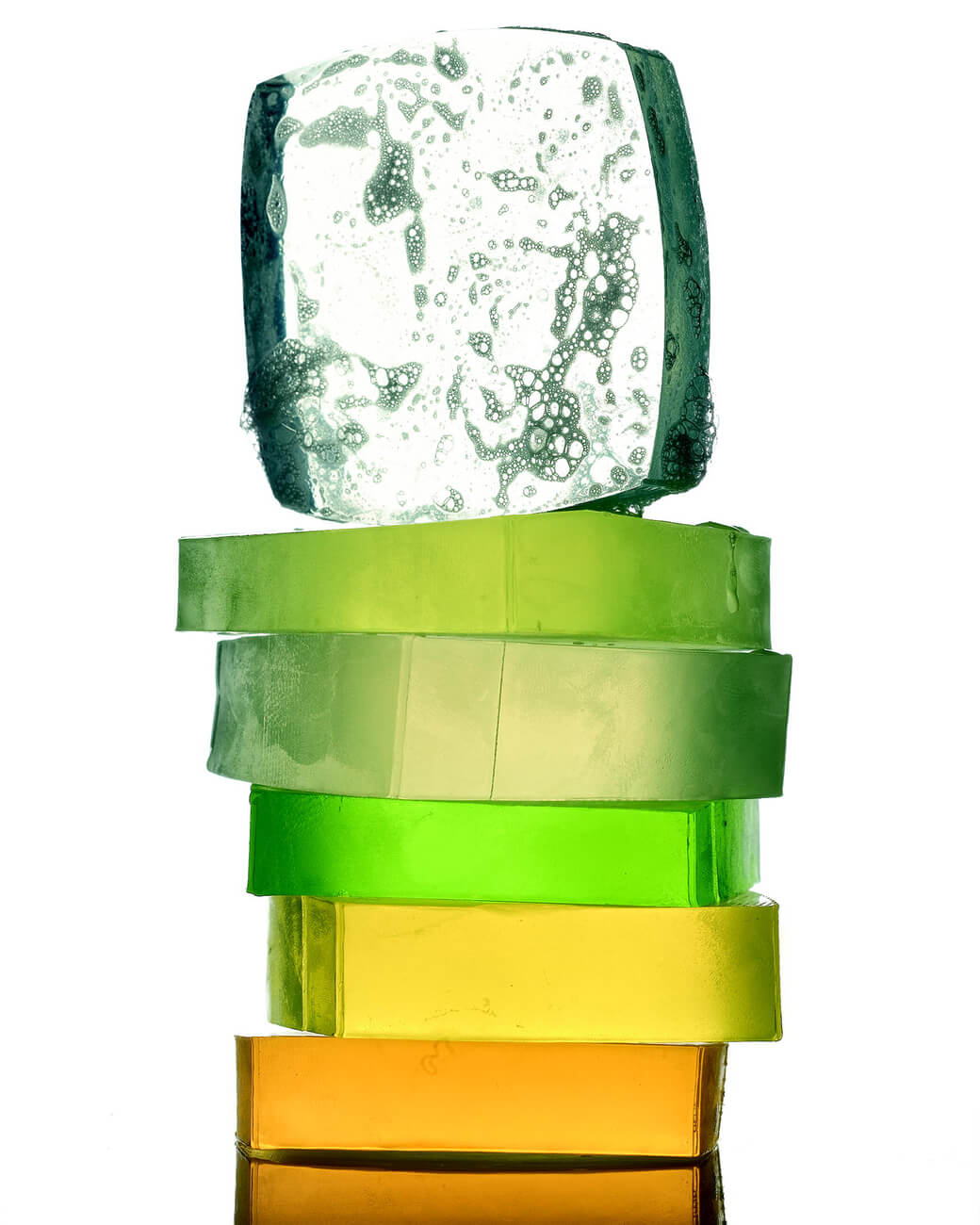
Glycerin Soap recipe and photo by Martha Stewart.
Vanilla Honey Oatmeal Soap
Described as soothing and moisturizing, this soap features vanilla oil, frankincense and myrrh, as well as honey and ground oatmeal. Vanilla Honey Oatmeal Soap recipe by From Nature With Love.
Also Try: Pre-assembled Honey Oatmeal Soap Making Kit on Amazon
Coffee and Cream Soap
Said to help combat cellulite, this recipe features both coffee grounds and coffee oil, as well as vanilla, whipped cream, and aloe. Coffee and Cream Soap recipe by From Nature With Love.
Olive Oil Soap
This natural olive oil soap is ideal for people with skin conditions or allergies. Containing just three ingredients, these bars are created with lye, distilled water, and olive oil.
Olive Oil Soap recipe and photo by Heidi Corley Barto of Sierra Club.
Also Try: Coconut Oil & Olive Oil Soap by Wellness Mama
Related Post: How to Make Olive Oil
Old-Fashioned Lye Soap
While all soap contains lye, this old-fashioned recipe may be the ones your grandparents remember. This hot process soap recipe combines lye, water, and a fat such as tallow.
Old-Fashioned Lye Soap recipe and photo by Andrea of Frugally Sustainable.
Also Try: Lye Soap with instructions and video from Countryfarm Lifestyles
Shea and Cocoa Butter Soap
Also called a Double Butter soap by the recipe creator, this luxurious soap combines multiple butters and oils with different melting points, plus fragrance and some mica for sparkle. Shea and Cocoa Butter Soap recipe by David Fisher of About Home.
Related Post: 7 DIY Bath Bombs For a Soothing, Relaxing Soak
10-Minute Pumpkin Spice Soap
For those in need of a super fast pumpkin spice fix, this easy melt and pour recipes adds yellow and red food coloring plus (you guessed it) pumpkin pie spice to this premade soap base.
10-Minute Pumpkin Spice Soap recipe and photo by Heidi of Happiness is homemade.
Aloe Vera Citrus Soap
Green chromium oxide provides the color for this aloe-themed soap. Aloe vera powder or aloe vera juice is combined with lemon and lime essential oils, as well as kaolin clay.
Aloe Vera Citrus Soap recipe and photo by Marie of Humblebee & Me.
Citrus Basil Calendula Soap
This recipe calls for palm oil, but you can use a substitute. Standout ingredients include apricot kernel oil, calendula oil, calendula petals, shea oil, litsea cubeba and basil oil blend, and annatto powder. Citrus Basil Calendula Soap recipe by Voyageur Soap and Candle.
Tangerine and Neroli Soap
Tangerine and Neroli (think spicy, bitter orange) combine with orange dye and sodium hydroxide pearls. Check out the video tutorial too.
Tangerine and Neroli Soap recipe and photo by The Soap Kitchen.
Pine Tar Soap
An old farm recipe, this pine-based soap is rumored to fix everything from psoriasis to flaky scalp. It’s one of the more difficult hot process soaps to make. Be careful as the pine tar can alter the amount of lye needed, and also cools quickly.
Pine Tar Soap recipe and photo by Jan Berry of The Nerdy Farmwife.
Cold Process Soap Recipes
The cold process for soap creation works well at creating hand and body soaps. A more realistic name would be “warm process” soaps, as the chemical reaction between the lye and oils still creates some heat, but the process doesn’t require an external heat source in most room temperatures.
Cold Process Soap Recipes recipe by Debra Maslowski and photo by Betsy Jabs of DIY Natural.
Charcoal and Sea Salt Soap
Advertised as acne-busting, this charcoal soap is thought to remove toxins. Standout ingredients include fine sea salt, charcoal, and tea tree oil.
Charcoal and Sea Salt Soap recipe and photo by Amanda Gail of Lovin Soap.
Also Try: Peppermint Charcoal Soap from Bulk Apothecary
Lard Soap
Lard soap is made from rendered animal fat. You can purchase the fat or even render it yourself. Lard creates a creamy white soap bar, loved for both its feel on the skin as well as the affordability of the ingredients.
Lard Soap recipe and photo by skin + soul.
Also Try: Lard and Olive Oil Soap from Making Our Sustainable
Also Try: Blended Lard Soap from Miller Soap
Layered Lavender Soap
This cold process soap is actually made in three parts, combining layers of soap base with diluted LabColors periwinkle dye. This specific batch is scented with lavender and cedar.
Layered Lavender Soap recipe and photo by Soap Queen.
Cinnamon & Citrus Soap
This refreshing citrus mix includes both orange oil and orange peel, cinnamon, and chamomile. Cinnamon & Citrus Soap recipe by Rebecca Erisch of Soapnuts.
Raspberry Lemonade Soap
A nifty 2-tone look is created with lavender ultramarine powder. Add raspberry lemonade fragrance, and a combination of oils including grape seed and rice bran oil.
Raspberry Lemonade Soap recipe and photo by Rebecca D Dillon of Soap Deli News.
Lime Margarita Soap
This standard recipe adds lime margarita fragrance and coarse sea salt.
Lime Margarita Soap recipe and photo by Rebecca D Dillon of Soap Deli News.
Nettle Soap with Lime and Spearmint
Check in the back of your pantry for that can of Crisco. Combine this household product with lime and spearmint essential oils, plus nettle leaf powder and dried nettle leaf for decoration.
Nettle Soap with Lime and Spearmint recipe and photo by Angela of Savvy Homemade.
Bacon Grease Soap
I found this one for bacon-lovers. It’s a cold process if you don’t count cooking and cleaning the bacon grease. Turns out 2 cups of bacon grease makes about 12 bars of soap–that don’t smell like bacon (add your own essential oils).
Bacon Grease Soap recipe and photo by Sustainable Scientist.
Milk Soap Recipes
The key to a good milk soap is frozen milk. Goat’s milk offers an easy balance between fat and lye content, but this process can also be used for cow, buffalo, and even yak milk soaps with some adjustments.
Milk Soap Recipes recipe by Debra Maslowski and photo by Betsy Jabs of DIY Natural.
Also Try: Room temperature Goat Milk Soap recipe from Soap Making Essentials.
Beer Soap
Beer soap is made in a similar manner to milk soaps. The key for these recipes is to work with the beer ahead of time to make sure it’s flat (bubbles are gone) and then freeze the beer before using.
Beer Soap recipe and photo by Soap Recipes 101.
Lavender and Verbena Goat Milk Soap
This recipe is ideal for those who love milk soaps but lack the skills to start from scratch. This recipe uses goat’s milk soap suspension formula combined with fresh herbs for a melt and pour soap experience.
Lavender and Verbena Goat Milk Soap recipe and photo by Laura Putnam of Finding Home farms.
Coconut Milk Shampoo and Bodywash
This simple recipe mixes pre-made liquid soap with coconut milk and almond oil for a clean and fragrant finish.
Coconut Milk Shampoo and Bodywash recipe and photo by of Jessica Espinoza and CoconutOil.com.
Lemongrass + Coconut Milk Soap
This cold process soap combines lemongrass and ginger oil with a traditional soap oils, coconut milk, shea butter, and a unique touch with rice bran oil. Lemongrass + Coconut Milk Soap recipe by Kenna of Modern Soapmaking.
Also Try: Shea Butter and Coconut Milk Soap from SoapMaking Essentials
Lemon Yogurt Soap
The author recommends freezing the yogurt to avoid a “milk volcano” in the chemical reaction. Ingredients include rice bran powder, lemongrass, lemon, and white yogurt.
Lemon Yogurt Soap recipe and photo by Eva Budinska of Curious Soapmaker.
Milk Chocolate Mint Soap
This milk, or should I say, chocolate milk soap combines your choice of milk with cocoa powder and peppermint essential oil.
Milk Chocolate Mint Soap recipe and photo by Jan Berry of The Nerdy Farmwife.
Liquid Soap
Basic liquid soap is a little more complicated than the previously mentioned recipes. Beginners, don’t start here—get your cold process soapmaking perfected first. Liquid soap comes from a chemical reaction with potassium hydroxide, as opposed to a reaction with sodium hydroxide that takes place in bar soap recipes. Liquid soaps meant for household uses are usually made by combining Fels Naptha soap with different ingredients. Liquid Soap recipe by David Fisher of About Home.
Castile Soap
Best known through commercial brands like Dr. Bronner’s, Castile soap is marked by its liquid consistency and the use of olive oil as a main ingredient. This process uses olive and coconut oils in conjunction with a crock pot and an immersion blender.
Castile Soap recipe and photo by Erica of Northwest Edible Life.
Also Try: Beginner Castile Soap from The Things We’ll Make
Also Try: Lye-Free Castile Soap from Instructables
Laundry Soap
Laundry soap is made by heating and mixing a variety of different cleaners, but usually includes fels naptha soap, borax, and sometimes oxyclean or other stain removers.
Laundry Soap recipe and photo by Courtney Craig of HouseLogic.
Also Try: Borax-free Laundry Detergent from mommypotamus
Also Try: Money-saving Laundry Detergent from Happy Money Saver
Fels Naptha Insecticidal Soap Spray
While this is a liquid soap, I wouldn’t recommend washing with it. Safely get rid of unwanted sugar ants and aphids with this eco-friendly solution. Simply melt Fels Naptha into warm water and mix. Fels Naptha Insecticidal Soap Spray recipe by Ted Swenson of Mother Earth News.









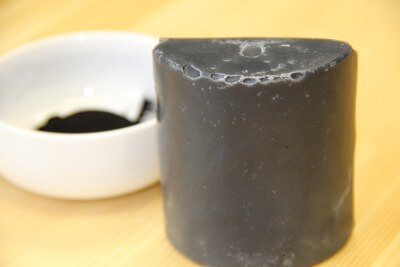











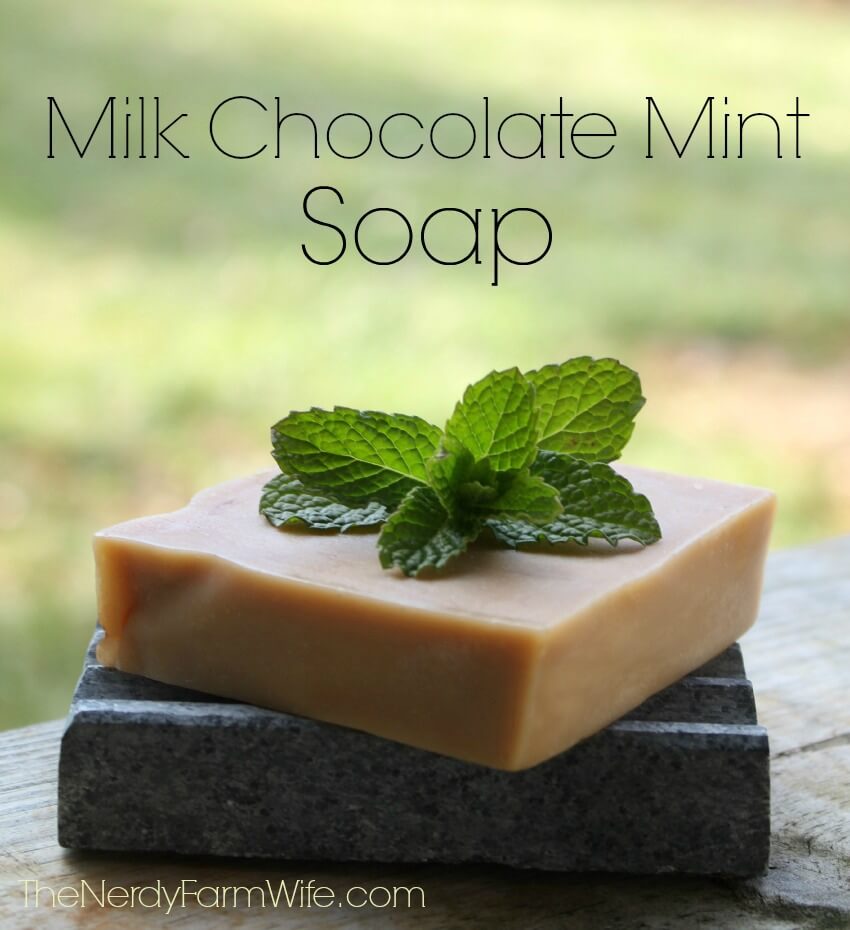





















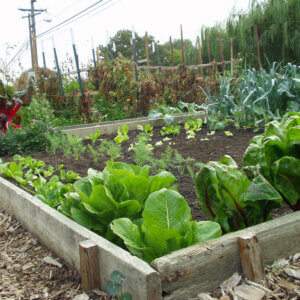




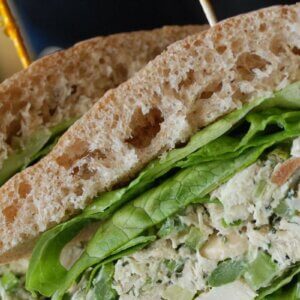



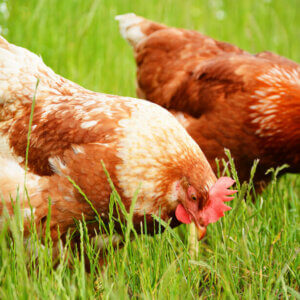










It is a great way to explore the world of soap making and create unique, personalized soap products. By making soap from scratch, you have control over the ingredients, scents, essential oils and textures used in the final product. Plus, making soap can be a fun and creative hobby that allows you to experiment with different combinations of ingredients and techniques. However, it is important to note that soap making involves using lye, which can be dangerous if not handled properly. It is essential to follow the recipes carefully and take necessary precautions to ensure your safety. With the right guidance and attention to detail, DIY soap recipes can result in beautiful and functional soap products that you can enjoy using or sharing with others.